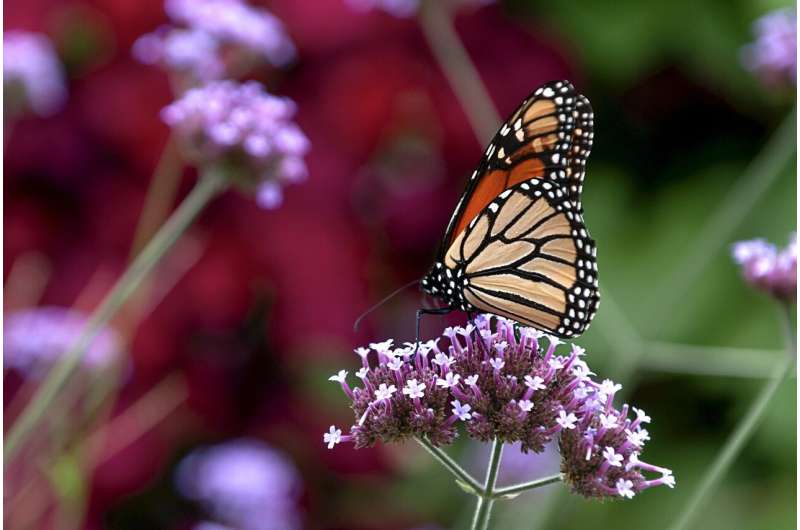Modeling a right royal butterfly effect

The monarch butterfly, Danaus plexippus, is renowned for its striking appearance and perhaps even more than that, its remarkable long-distance migration. The population present in North America heads south each year in the late-summer, early autumn, traveling thousands of miles to its wintering grounds.
The prowess of these magnificent butterflies as natural aviators is beyond doubt. Unlike almost every other species of butterfly, monarchs do not have coupled forewings and hindwings. This gives them unique flight stability and maneuverability that allows them to generate great lift and navigate efficiently, even at low speeds and high angles of attack.
Research in Progress in Computational Fluid Dynamics has investigated the aerodynamics of the monarch butterfly. The work provides new insights into the species itself but also points to the potential for non-fixed wing micro-aerial vehicles (MAVs).
Fadile Yudum Comez and Dilek Funda Kurtulus of the Middle East Technical University, and Nevsan Sengil of the University of Turkish Aeronautical Association in Ankara, Turkey, have used a model of the butterfly's wings to investigate the flow field around fully opened forewings at various angles of attack. With this study, the team hoped to understand the complex aerodynamic phenomena that allow these butterflies to fly so well.
The researchers used computational fluid dynamics simulations, including unsteady Reynolds-averaged Navier-Stokes simulations, to analyze the airflow around the model of the monarch's rigid wings.
An important finding from the study was the recognition of significant differences in the aerodynamic performance in smooth (laminar) or turbulent flow models, particularly at higher angles of attack. They showed that the maximum lift-to-drag ratio was achieved at an angle of 30 degrees, but the wings "stall" at 40 degrees.
Such insights will be useful in designing and developing micro-aerial vehicles that might mimic monarchs. Such flying machines may well one day be magnificent, but the designs will have to be able to copy with unsteady aerodynamic effects.
More information: Fadile Yudum Comez et al, Three-dimensional flow evaluation of monarch butterfly wing, Progress in Computational Fluid Dynamics, An International Journal (2024).
Journal information: Progress in Computational Fluid Dynamics
Provided by Inderscience



















